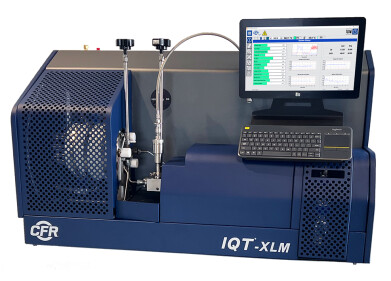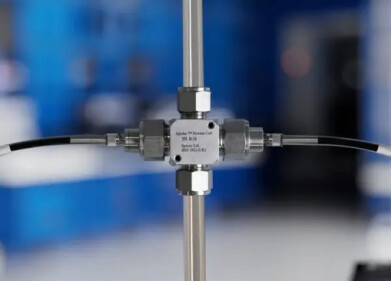Analytical Instrumentation
Can Volcanoes Power Cars?
Jul 20 2018
From chic cities to cinematic landscapes, Iceland is one of Europe's most coveted destinations. Now, energy experts are predicting that the country's simmering volcanoes could be the secret to powering a cleaner, greener UK.
Currently, CO2 from the geothermal power station that supplies water to Iceland's iconic Blue Lagoon is being processed into methanol and transported to the UK. The goal is to slash vehicle air pollution rates by using carbon dioxide emissions to power British cars.
Capturing and converting CO2
Iceland's Svartsengi geothermal power station is at the forefront of the movement, actively capturing CO2 before its released into the atmosphere, then directing it to a small, volcano-powered plant operated by Carbon Recycling International (CRI). It then gets turned into methanol which is shipped to the UK and blended with gasoline.
While methanol content is capped at a maximum of 3% per litre of fuel, experts assert that the imports from CRI could play an important role in bringing down Britain's greenhouse gas emissions, combating climate change and meeting requirements laid out in the 2015 Paris accord.
The programme has received nationwide praise from experts like Jamie Turner, a professor of engines and energy systems at the University of Bath. “From the European gasoline blenders point of view, they need to supply fuels with certain renewable credentials to show that they are doing their bit to decarbonise road transport fuel,” he explains. “So renewable methanol made in that way is a pretty valuable commodity for a refinery or a blender because it allows them to comply with regulations.”
Turning geothermal steam into British petrol
So how does Iceland's innovative CRI plant work? The process starts at the Svartsengi geothermal power station, which sources superheated steam from a ground vent and uses it to power electricity-producing turbines. However, before directing steam to the turbines the station separates it from a mix of CO2 and hydrogen sulphate gases, then transports 10% to CRI. Here, the CO2 is filtered out and supplemented with pure hydrogen, which is produced using electricity from Svartsengi. The final result is around 4000 tons of methanol a year, which is making a small but mighty mark on Britain's greenhouse gas emissions.
For more information about the latest energy news don't miss 'The versatility of time-of-flight mass spectrometry for the investigation of petroleum derived matrices – from middle distillates toward vacuum residues.'
Digital Edition
PIN 25.5 Oct/Nov 2024
November 2024
Analytical Instrumentation - Picturing Viscosity – How Can a Viscometer or a Rheometer Benefit You? - Sustainable Grease Formulations: Evaluating Key Performance Parameters and Testing Method...
View all digital editions
Events
Dec 03 2024 Dusseldorf, Germany
Dec 08 2024 Anaheim, CA, USA
Turkey & Black Sea Oil and Gas
Dec 11 2024 Istanbul, Turkey
Dec 19 2024 Aurangabad, India
Jan 20 2025 San Diego, CA, USA



















